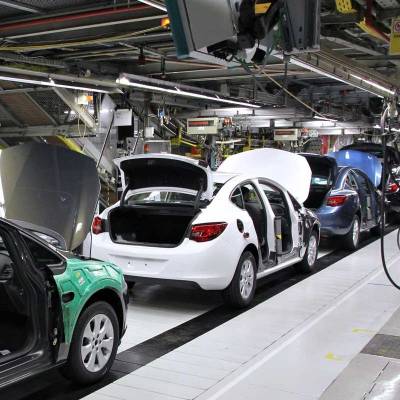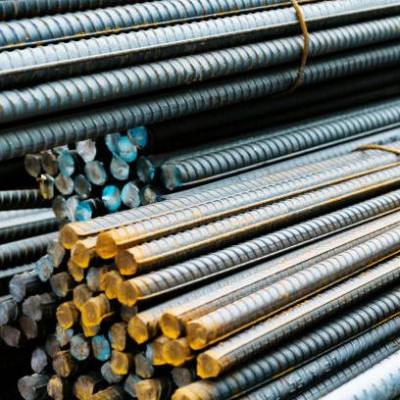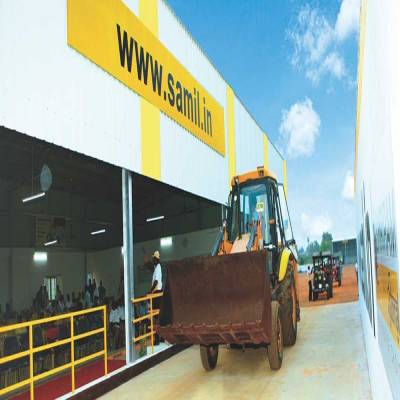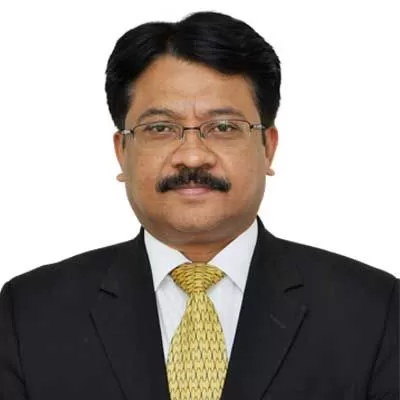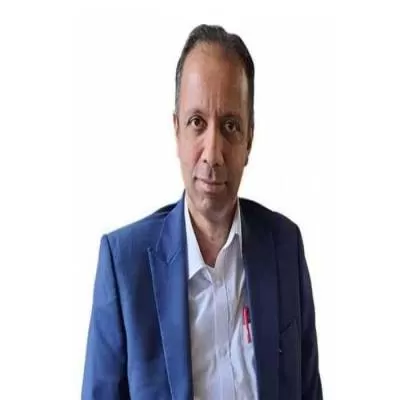- Home
- Infrastructure Urban
- ECONOMY & POLICY
- SME lending seen growing at 11 per cent CAGR over the next two fiscals
SME lending seen growing at 11 per cent CAGR over the next two fiscals
CRISIL Research forecasts 11 per cent CAGR in lending to micro, small and medium enterprises (MSME) in India, over the next two fiscals, way faster than the ~7 per cent growth anticipated in bank credit to India Inc.
That compares with a 13 per cent CAGR seen in the past five fiscals ending 2017, with non-banking finance companies (NBFCs) recording a four-fold increase in their credit book. Consequently, the cumulative market share of non-banks in MSME financing rose to ~18 per cent in fiscal 2017 from 8 per cent five years ago.
Currently, the MSME lending market size is estimated around Rs 14 lakh crore.
While competition has intensified and asset quality has weakened, the overall opportunity remains compelling, given the huge under-penetration of formal finance in the segment. Moreover, structural changes such as the Goods and Services Tax (GST) will increase transparency in MSME financials.
Over the next two fiscals, too, we expect NBFCs to outperform banks with sharper focus on small-ticket loans, adoption of technology and data analytics, and focus on smaller towns and cities.
“Competition in MSME lending has intensified, putting pressure on yields,” says Prasad Koparkar, Senior Director, CRISIL Research. “For example, in loan against property, net interest margins have compressed 75 basis points (bps) in the past two years. Financiers have been trying to protect their return on assets by focusing on smaller loans, where yields are higher, and on unsecured loans. For non-banks, unsecured loans account for 20 per cent of the MSME portfolio as of March 2017.”
Asset quality in the segment worsened due to demand side pressures and liquidity issues after demonetisation. Over the course of fiscal 2017, gross non-performing assets (GNPAs) across lenders increased by 70-100 bps. With GST compounding the challenges for MSMEs, especially the unorganised lot, the overall asset quality picture will likely deteriorate before getting better.
The competitiveness of MSMEs hereon would be determined by the extent of tax avoidance, their position in the value chain, labour cost arbitrage, product offering, local market knowledge and proximity to customer.
Given the rapidly changing business milieu and variation in business prospects across sectors and geographies, financiers need to have a structured decision-making approach and monitor any changes in key factors altering business prospects on an ongoing basis.
“The business potential for MSME units from the same industry but in different clusters can vary significantly,” says Ajay Srinivasan, Director, CRISIL Research. “For instance, prospects of machine tool manufacturers in Ludhiana, which are mainly into conventional tools, are distinctly inferior to those in Bengaluru that manufacture higher-margin CNC machine tools. Changes in the external environment, including commodity prices and government policy, also have an impact. For example, the sudden increase in the price of crude oil over the past month has cranked up the input cost for chemical and plastics manufacturers. To boot, GST has changed raw material procurement patterns for some segments within the chemical sector.”
Opportunities abound, but continuous tracking of sectors critical to managing risks CRISIL Research forecasts 11 per cent CAGR in lending to micro, small and medium enterprises (MSME) in India, over the next two fiscals, way faster than the ~7 per cent growth anticipated in bank credit to India Inc. That compares with a 13 per cent CAGR seen in the past five fiscals ending 2017, with non-banking finance companies (NBFCs) recording a four-fold increase in their credit book. Consequently, the cumulative market share of non-banks in MSME financing rose to ~18 per cent in fiscal 2017 from 8 per cent five years ago. Currently, the MSME lending market size is estimated around Rs 14 lakh crore. While competition has intensified and asset quality has weakened, the overall opportunity remains compelling, given the huge under-penetration of formal finance in the segment. Moreover, structural changes such as the Goods and Services Tax (GST) will increase transparency in MSME financials. Over the next two fiscals, too, we expect NBFCs to outperform banks with sharper focus on small-ticket loans, adoption of technology and data analytics, and focus on smaller towns and cities. “Competition in MSME lending has intensified, putting pressure on yields,” says Prasad Koparkar, Senior Director, CRISIL Research. “For example, in loan against property, net interest margins have compressed 75 basis points (bps) in the past two years. Financiers have been trying to protect their return on assets by focusing on smaller loans, where yields are higher, and on unsecured loans. For non-banks, unsecured loans account for 20 per cent of the MSME portfolio as of March 2017.” Asset quality in the segment worsened due to demand side pressures and liquidity issues after demonetisation. Over the course of fiscal 2017, gross non-performing assets (GNPAs) across lenders increased by 70-100 bps. With GST compounding the challenges for MSMEs, especially the unorganised lot, the overall asset quality picture will likely deteriorate before getting better. The competitiveness of MSMEs hereon would be determined by the extent of tax avoidance, their position in the value chain, labour cost arbitrage, product offering, local market knowledge and proximity to customer. Given the rapidly changing business milieu and variation in business prospects across sectors and geographies, financiers need to have a structured decision-making approach and monitor any changes in key factors altering business prospects on an ongoing basis. “The business potential for MSME units from the same industry but in different clusters can vary significantly,” says Ajay Srinivasan, Director, CRISIL Research. “For instance, prospects of machine tool manufacturers in Ludhiana, which are mainly into conventional tools, are distinctly inferior to those in Bengaluru that manufacture higher-margin CNC machine tools. Changes in the external environment, including commodity prices and government policy, also have an impact. For example, the sudden increase in the price of crude oil over the past month has cranked up the input cost for chemical and plastics manufacturers. To boot, GST has changed raw material procurement patterns for some segments within the chemical sector.”


